Please login or click here to join.
Forgot Password? Click Here to reset pasword
This attractive house was originally built for the Treasurer to York Minster, Radulphus was the first treasurer, he served from 1091. The treasurer played an important role in the life of the church, he was responsible for all of the church treasurers and for the entertainment of Royal visitors, Archbishops, Bishops and other members of the clergy.
The original house built for Radulphus was ravaged by the great fire of York in 1137, it was rebuilt again on the orders of King Edward I and parts of the beautiful building we see today date from around this time.
The house is located behind the Chapter House to the North of the Minster, it is a truly magnificent building which largely dates from early in the 17th century when the major part of the house was rebuilt. The facade is strikingly Jacobean and behind this lies a series of lavishly decorated rooms all epitomising the grace and flavour of differing era's. Visitors can see superb furniture from medieval times as well as magnificent pieces from the 17th and 18th century. There is an original fireplace and floor to ceiling panelling.
Legend has it that the ghosts of Roman soldiers can sometimes be heard marching through the cellars, despite the fact that workmen repairing the cellars claim to have felt a "chilly" atmosphere followed by the apparition of a band of Roman soldiers is probably more to do to with the house being built above Roman remains!
When the house ceased to be the home of the treasurer it fell in to private ownership, after a period of neglect it was purchased by Frank Green, a wealthy industrialist in 1897. He engaged noted architect Temple Moore and together they revamped most of the interior. They are responsible for much of the confusion of the Great Hall, by removing the beautiful 18th century floor and altering the decor, the room now reflects a mixture of what could be said to be both medieval-style and lavish Victorian.
The beautiful Tapestry room is a delight, the walls are hung with original 17th century Flemish tapestries, these are quite lovely filling the room with all the grace associated with the romance of the period.
There is a comfortable cafe, and outside in the grounds visitors can enjoy a fragrant herb garden.
The Treasurers House opens at Easter, usually with an Easter Egg Hunt and the visiting season ends with a series of Christmas events. There is always something new to be seen as part of the function of the house is to host changing temporary art exhibitions.
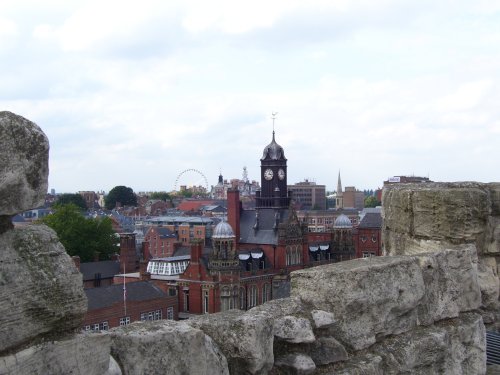
a Historic City in the county of North Yorkshire
(0.1 miles, 0.1 km)One of the most historic cities in Britain with overs 2000 years of history.....

in the county of North Yorkshire
(9.2 miles, 14.8 km, direction SW)Tadcaster has been at the centre of the Brewing industry since the 18th century, and today breweries remain conspicuous on its landscape...

a Historic Market Town in the county of North Yorkshire
(16.2 miles, 26.1 km, direction W)This attractive market town lies in the high reaches of Yorkshire above Harrogate. It is overlooked by the peaceful waters of the River Nidd which is spanned by a magnificent.....

in the county of North Yorkshire
(18.9 miles, 30.4 km, direction W)One of the chief town's in Yorkshire's old West Riding, Harrogate acheived early fame as a Spa resort...
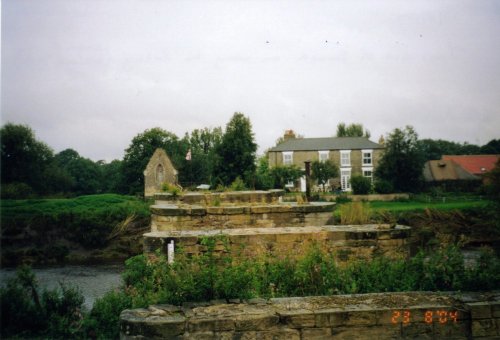
in the county of East Riding of Yorkshire
(19.0 miles, 30.5 km, direction S)This small town appears to be almost surrounded by water, it developed along the banks of the River Aire and to the east is the Ouse...
All towns in North Yorkshire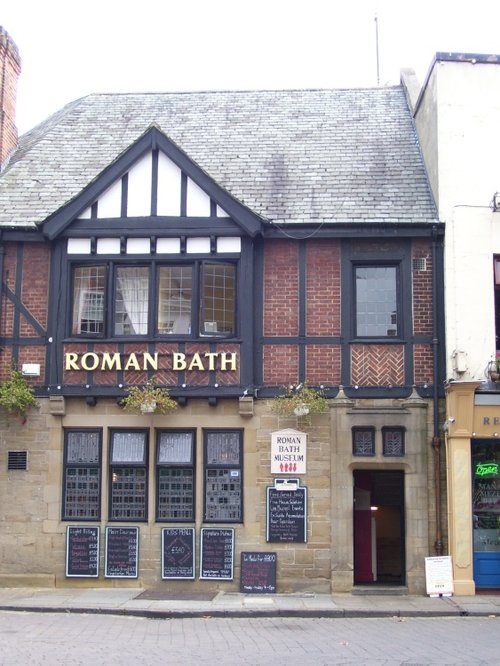
The remains of the Legionary bathhouse of the fortress of Eboracum. This museum is accessed through the Roman Bath pub, situated.....
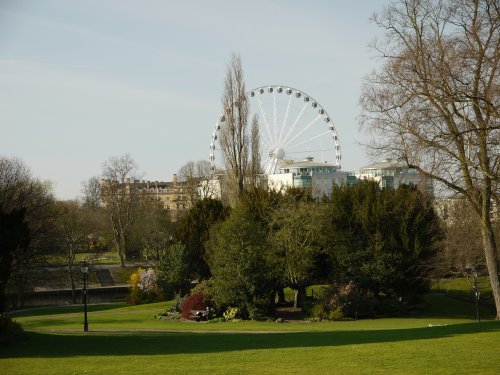
The Yorkshire Museum stands in spacious gardens on the banks of the River Ouse. It contains rich finds from the Roman city and.....
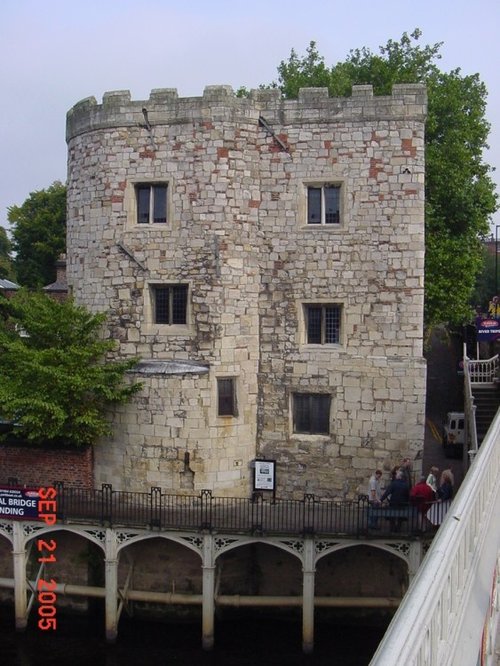
This is a beautiful riverside medieval building dating back to the 1300's or beyond. It was originally mentioned in Yorl's.....
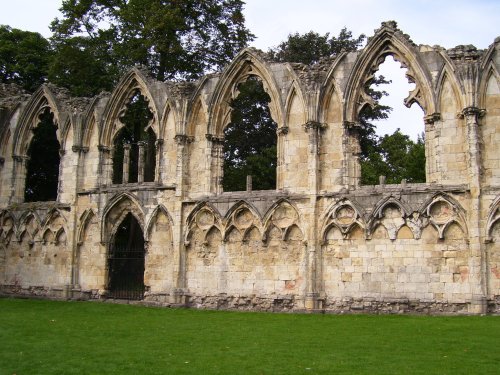
The idyllic ruins of St.Mary's Abbey form an eye-catching centrepiece in the grounds of the Yorkshire Museum and Gardens. These.....
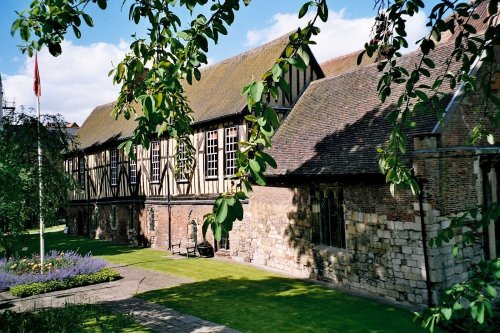
This magnificent timber-frame building is perhaps the most notable legacy to come out of the Middle Ages. It was built in York.....